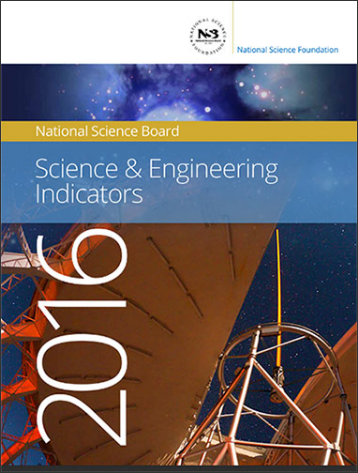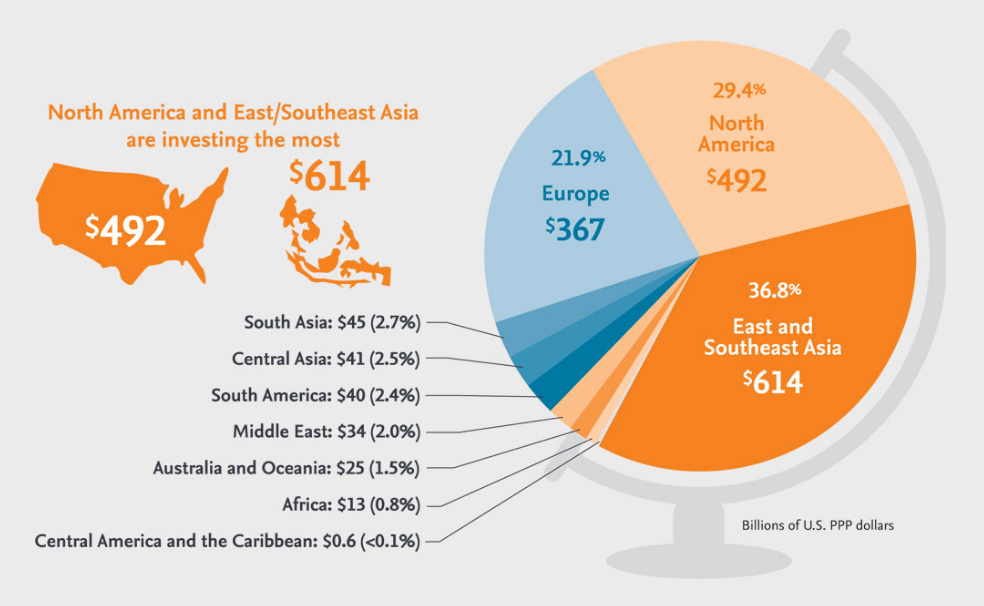Why the National Science Foundation (NSF) chose Scopus data for the Science & Engineering Indicators report
Every 2 years, the National Science Foundation (NSF) releases its Science & Engineering Indicators report, widely acknowledged as the definitive source of information on US research trends. This report is mandated by the US Congress and although it is policy neutral and does not make recommendations, the information and trends revealed help guide policy makers and influence strategic planning and benchmarking for universities and state governments.
This year the NSF chose a new data provider for the report, Scopus. Why Scopus? The answer can be found in the report itself, “[a]lthough the United States has dominated S&E [Science & Engineering] publication activity for decades, it has long been hypothesized that…the developing world would…eventually reach parity with the United States (Price 1963). Tracking this growth accurately requires broad global coverage of S&E publications.” Scopus meets that need for broader global coverage, and with high quality bibliometric data. Through using Scopus as a data provider, the NSF was able to include nearly 17,000 journals in their analysis, an increase of almost 12,000 journals from the 2014 report (which included 5,087 journals). As stated in Nature by NSF senior analyst Carol Robbins, the changes revealed by Scopus data “show us a slightly more nuanced view of the world. We see more-rapid growth in China and India in publications.”
The inclusion of data from books and conference proceedings, source types not previously included in the analysis, also made the report much broader.
The NSF’s choice of Scopus as their data provider is another testament to the progress Scopus has made in expanding its content while still maintaining quality. Along with the NSF, additional organizations continue to choose Scopus data to underpin their rankings and reports, including: Times Higher Education (THE), US News & World report (Arab Region Ranking), QS Quacquarelli Symonds, Maclean’s Magazine, and the 2015 and 2016 ‘Best Chinese University Ranking’ reports by ShanghaiRanking Consultancy (SRC). Scopus data is also used by Elsevier Research Intelligence to build specialized reports and assessments commissioned by institutions, funders and policy-makers worldwide, in addition to powering SciVal.
To learn more about the findings in the NSF’s Science and Engineering Indicators 2016, read “Tracking progress in US science and engineering” published in Elsevier Connect by Dr. Brad Fenwick, Senior VP of Global Strategic Alliances at Elsevier.
For an overview of the key findings from the NSF’s SEI report, visit our website.



